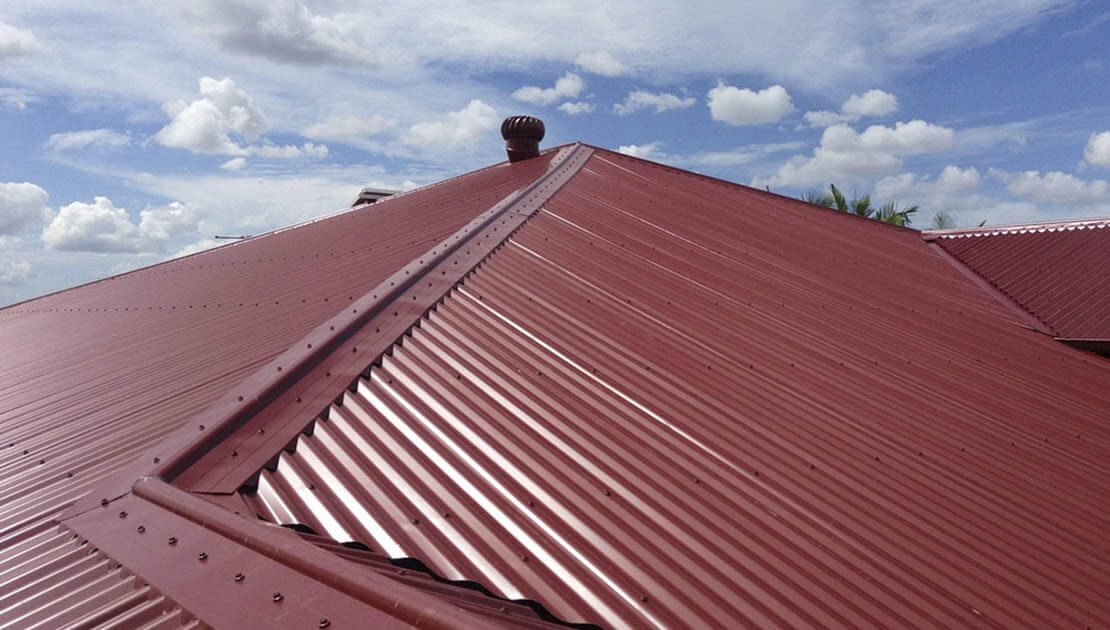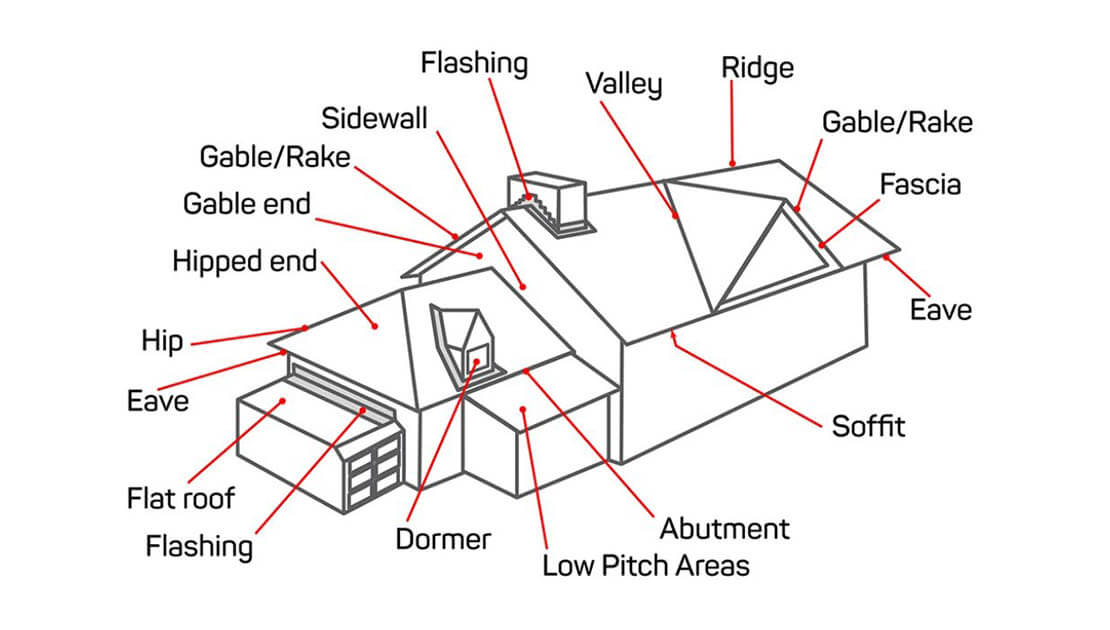Here is a glossary of roofing terminology & definitions from Lenox Roofing because no one wants to go through the dreadful situation of wasting thousands of dollars on a new roof and then realizing that they have not got what they were expecting. If you want to make the most of your roofing investment, the key is to gain some knowledge about the important roofing terms before contacting any contractor.
Roofing Styles
Hip Roof:
In this type of roof, there is a slope on each of its four sides. Some important features of a hip roof include:
Gable Roof:
It is a triangle-shaped roofing system. These are some of the most popular roofs throughout the country.
Shed Roof:
This roof has a slope in a single direction. Shed roofs are normally seen on smaller buildings that have one wall higher than the opposite wall, creating a pitch.
Roofing Components
Decking: It is the foundation of your roofing system. It forms the base that is placed on the structural components of your attic. It supports the weight of the shingles and covers the rafters. Roof decking is mostly made of plywood or OSB (oriented strand board).
Eaves: These are your roof edges that hang over the walls of the home. In most cases, eaves are used to install attic ventilation.
Ridges: The highest points where the two roof lines intersect are called its ridges. Roof ridges require special shingles for efficient weatherproofing and performance. Additionally, it’s recommended to install ridge vents at the ridges to keep your attic space free from hot and humid air.
Valleys: Valleys are among the most vulnerable parts of your roof. As most of the rainwater flows to your valleys, they’re the most leak-prone roofing areas. For this reason, roof valleys are one of the first places where water can penetrate a failing roof.
Experienced roofing contractors often recommend using a special underlayment as well as flashing that are superior and more durable than used in any other roofing part.
Ventilation: Probably, the most critical part of a roofing system especially when it comes to its longevity. Proper ventilation allows proper air circulation through your attic area. The optimum air circulation keeps moist, hot air at bay and keeps your home comfortable and your roof deck cool. A typical ventilation system consists of intake vents and exhaust vents – usually installed at eaves and ridges
Underlayment: Located between the shingles and roof deck, underlayment forms the base layer of your roofing system. Underlayment is typically made of fibrous mat (felt or fiberglass) or asphalt. Depending on the quality and product type, underlayment can be water-resistant or waterproof.
Roofing shingles: As your home’s first line of defense, your roofing shingles forms the visible part of your roof. The main purpose of shingles is to block harmful UV rays and prevent water leaks. There is a huge variety of shingle materials available on the market, such as metal, slate, and tile, to name a few. Out of all the roofing materials, asphalt shingles are still the most popular and affordable ones.
Flashing: Made of rust-proof metal strip, the flashing is installed at the most vulnerable areas such as seams and edges of the roof. There are four main types of flashing – base flashing, drip edge, cap flashing, and valley flashing.
Need A New Roof?
Contact Lenox Roofing Solutions at 843-839-2445 or fill out our online contact form to schedule a FREE consultation today anywhere in the Myrtle Beach, SC area.




